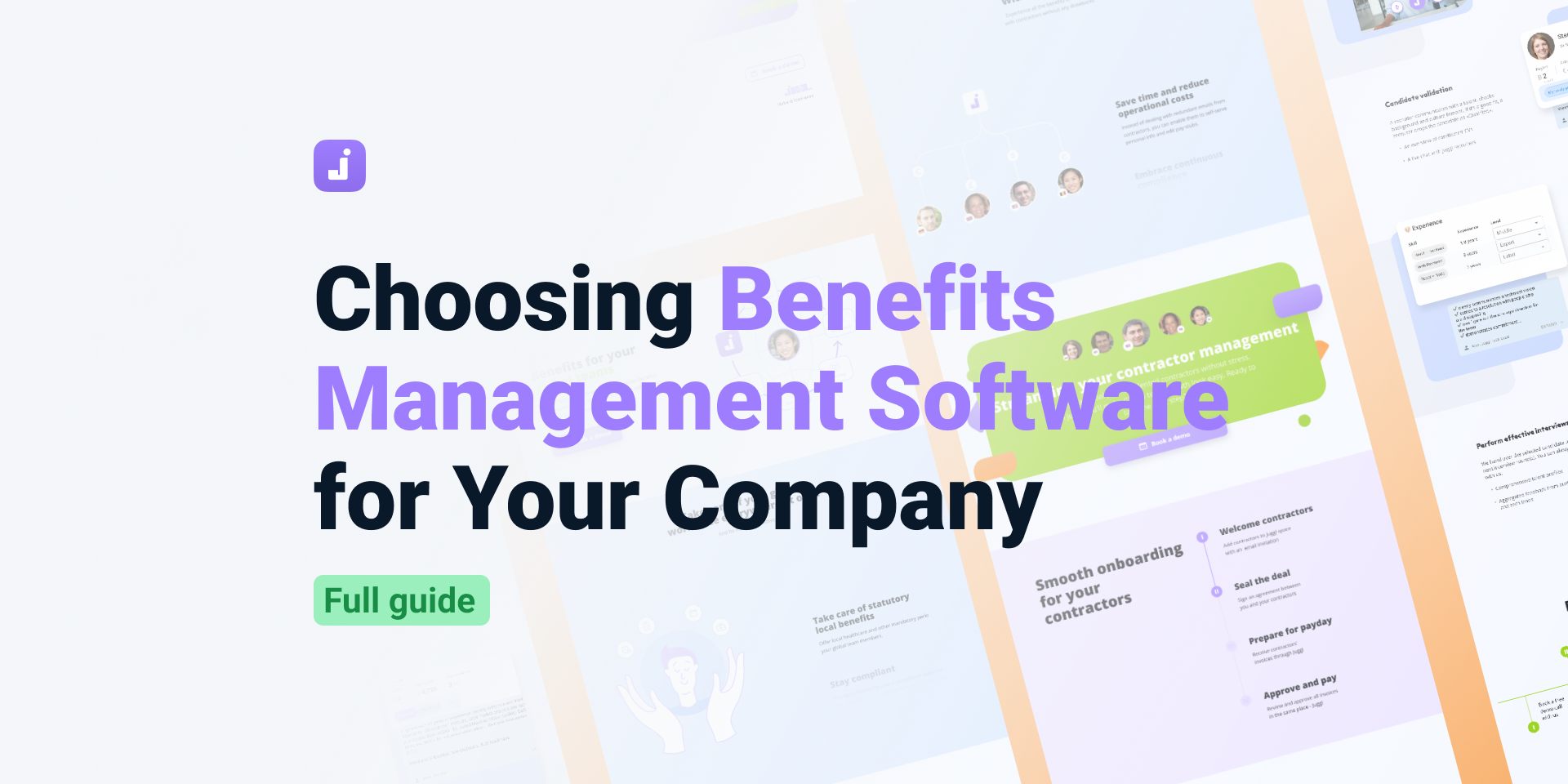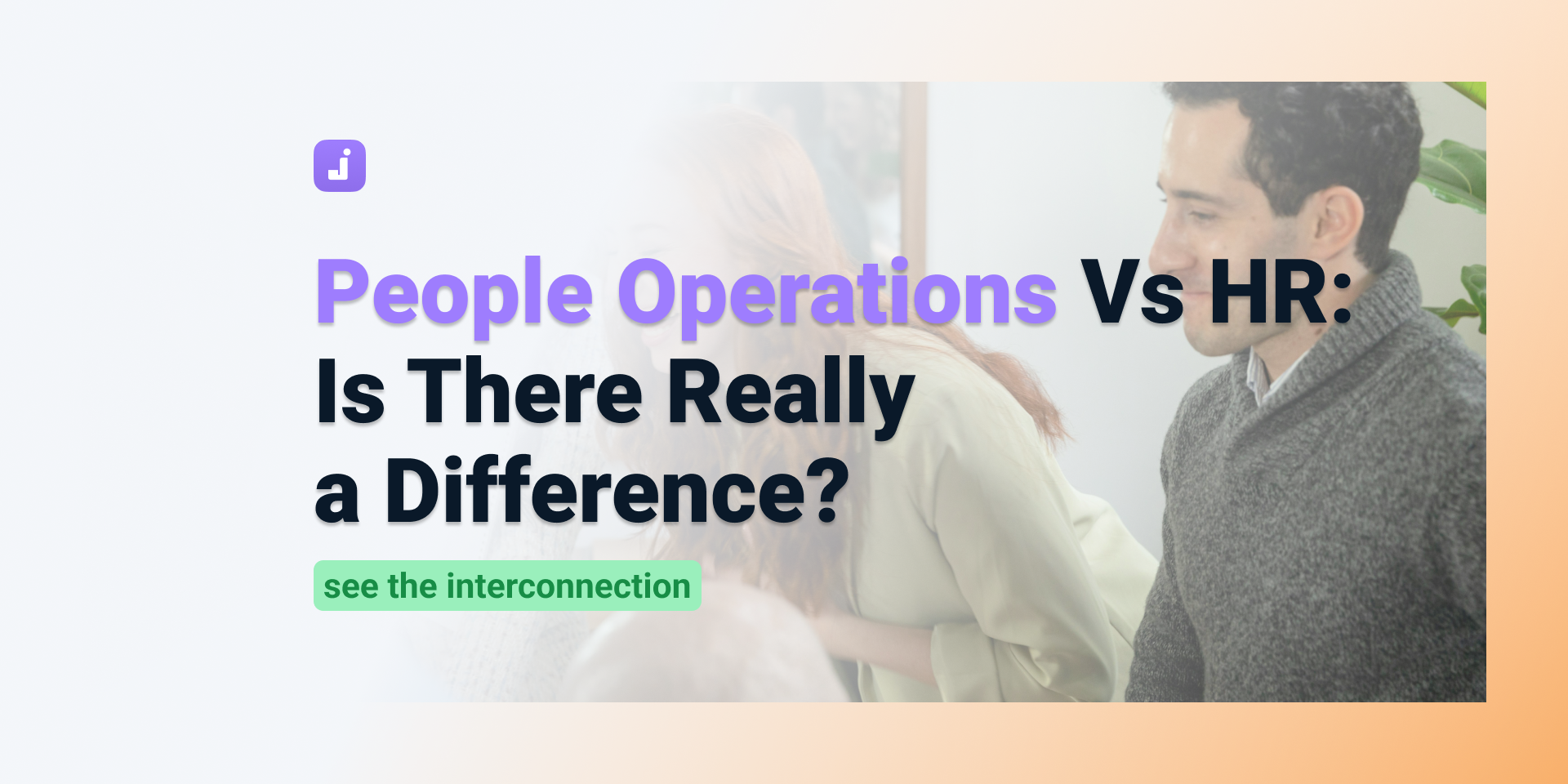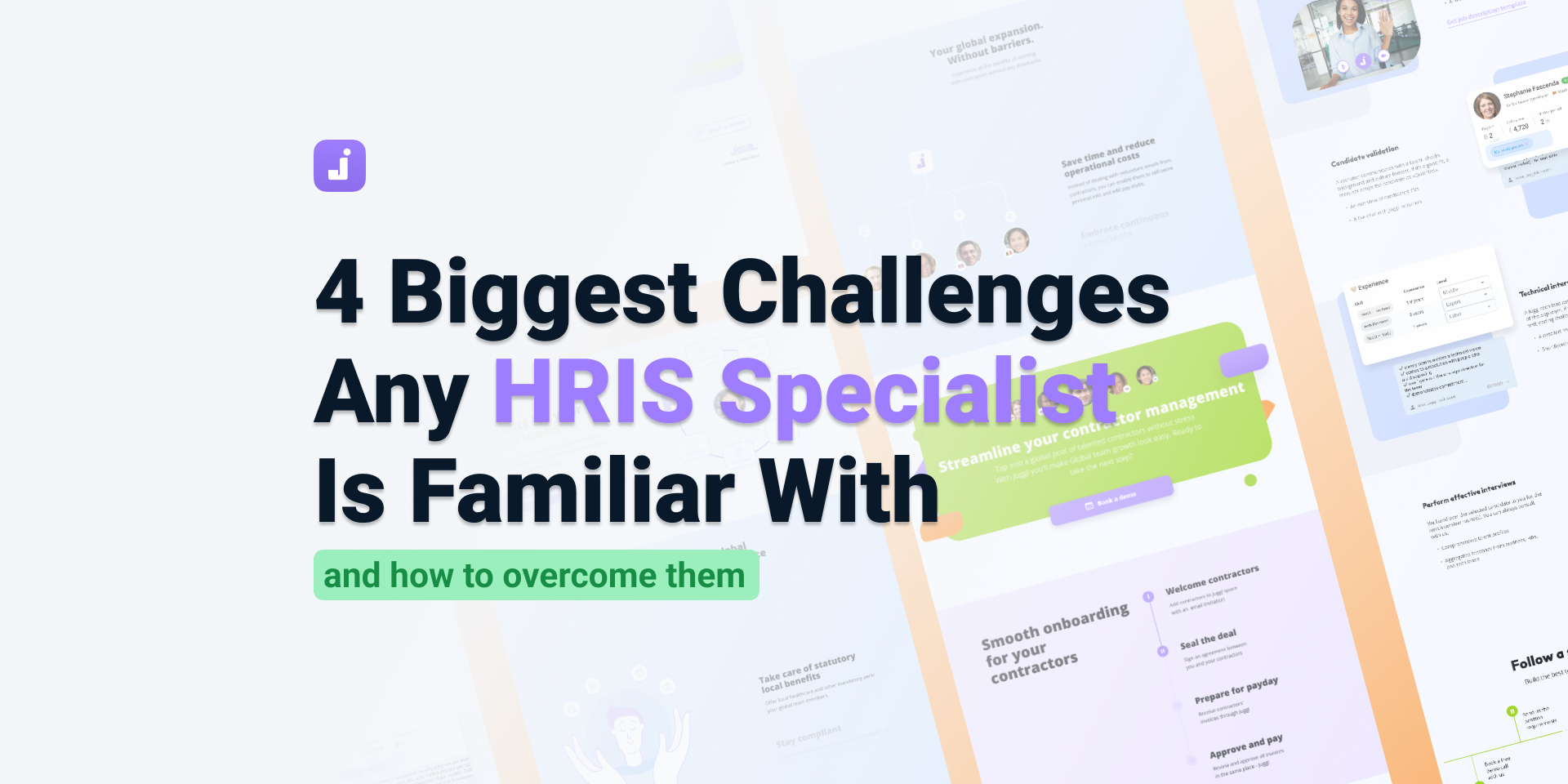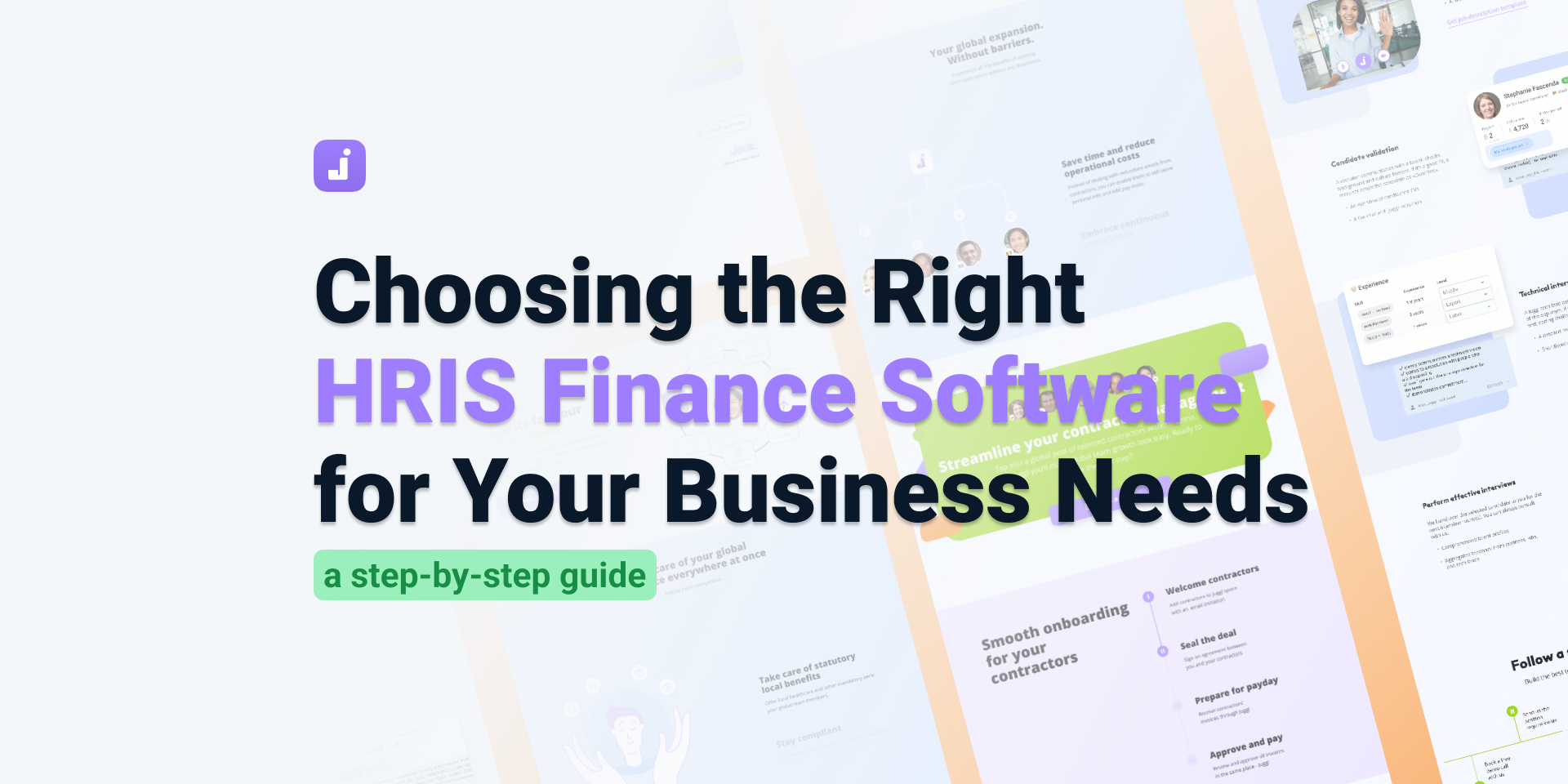People Operations Vs HR: Is There Really a Difference?
In recent years, a debate has risen: people operations vs HR – are they distinct or just two names for the same thing? While there’s overlap, the shift in mindset and scope between the two is real, especially as organizations look to streamline HR operations and put employees at the heart of strategy.
This article is here to help you understand what HR and people operations are. Let's explore how these two differ and which tools you’ll want in today to support whichever model you adopt.
What Is People Operations?
People operations (often “people ops”) is an evolved approach under the HR umbrella, but with a stronger emphasis on treating employees as full humans rather than simply as resources. It focuses on managing the employee lifecycle not just administratively, but holistically, encompassing engagement, experience, growth, and retention.
Key Responsibilities
People operations tends to include:
- Designing people strategy that aligns with business goals
- Driving employee engagement programs
- Overseeing talent management and development
- Using HR analytics to surface insights
- Enabling workforce agility (flexible teams, remote/hybrid work)
- Partnering across functions (product, engineering, finance) to integrate culture and performance
One of the critical pillars of people operations is employee engagement. This means not simply measuring satisfaction, but also taking action to drive connection and bring a sense of purpose. A people ops mindset sees engagement as a leading indicator of retention and performance.
Understanding Human Resources
The concept of human resources (HR) is older and more established. In its classical form, HR is responsible for policies, compliance, hiring, payroll, benefits, and resolving employee-administration issues.
Functions of HR Management
Typical HR functions include:
- Benefits administration (health, retirement, perks)
- Recruitment and onboarding
- Performance evaluation and appraisals
- Compliance (labor law, reporting)
- Employee relations and conflict management
- Training and development (though often more transactional)
In this paradigm, HR ensures the machinery of people systems runs smoothly and legally. While these functions remain essential, the modern HR landscape is expanding beyond administration toward strategic alignment with business goals. Today’s HR leaders are expected to integrate technology, analytics, and employee experience into every function.
For example, benefits administration today is about personalizing benefits to enhance retention and engagement. Recruitment has evolved into employer branding and candidate experience, while training has become continuous learning and development. In this paradigm, HR plays a dual role: maintaining compliance and operational efficiency, while driving innovation and supporting long-term organizational growth through effective people management.

Comparing People Operations and HR
Talent Management Strategies
In a people operations model, talent management becomes a forward-looking and deeply strategic discipline. Rather than waiting for vacancies or performance issues to appear, people ops teams proactively identify skill gaps, forecast future needs, and build pathways for internal mobility. They focus on developing career progression frameworks and learning initiatives that prepare employees for evolving roles within the organization. In contrast, traditional HR tends to take a more reactive stanceб responding to immediate hiring needs or performance challenges once they arise. The people ops approach ensures that talent growth is aligned with long-term business objectives and workforce agility.
Focus on Organizational Development
A defining characteristic of people operations is its strong emphasis on organizational development. This includes shaping company culture, building leadership capabilities, and structuring teams to foster innovation and collaboration. People ops professionals often act as change agents, leading initiatives that strengthen engagement, communication, and alignment across departments. Traditional HR, while supportive of such programs, typically serves in an advisory or administrative capacity rather than driving transformation directly. By focusing on culture and leadership, people ops helps create organizations that are not only efficient but also resilient and adaptive.
Approaches to Workforce Planning
Workforce planning under people operations is both predictive and strategic. It involves using data and analytics to anticipate future talent needs, assess risks, and model various growth or restructuring scenarios. This proactive approach allows organizations to align hiring and development plans with product roadmaps, market shifts, and long-term goals. Traditional HR, meanwhile, often concentrates on immediate staffing requirements, filling open roles and managing turnover as it occurs. By integrating analytics and foresight into planning, people ops transforms workforce management from a reactive process into a key component of business strategy.
The Role of HR Analytics
Data sits at the heart of the people operations philosophy. HR analytics provides clear visibility into workforce trends such as performance, engagement, turnover rates, skills distribution, and even emerging risks. Analyzing HR data can help identify patterns that might otherwise go unnoticed – for example, a decline in engagement scores within a specific department or an uptick in turnover among high performers.
A truly data-driven people operations function uses these insights to take proactive action rather than simply reacting after issues arise. Predictive analytics can highlight potential flight risks, reveal training needs, or assess the impact of leadership changes. This allows HR and people ops leaders to design targeted interventions, optimize resource allocation, and measure the outcomes of their strategies with precision.
How HR Analytics Shapes HR Practices
- Predictive models for flight risk
- Measuring the ROI of learning & development
- Correlating engagement scores with performance outcomes
- Shaping benefits administration by usage, cost, and satisfaction
- Informing people strategy and investment decisions
4 Tools That Will Streamline HR / People Operations in 2025
1. Core HR / HRIS Platform with People Ops Features
A modern HRIS (Human Resource Information System) should go beyond records and payroll. In 2025, you want a platform that also supports performance, engagement, analytics, and internal mobility. Many HR software reviews now emphasize platforms that unify core HR and advanced people ops capabilities.
Use cases:
- Centralized employee data
- Self-service for employees (leave, profiles, learning)
- Integrated performance & goal modules
- Dashboards for HR analytics
2. Employee Engagement & Feedback Tool
To keep a pulse on your workforce, adopt a dedicated employee engagement platform or feedback system. These tools allow pulse surveys, sentiment analysis, recognition, and frequent check-ins.
Why it matters:
- Provides real-time insight into morale
- Enables responsive action
- Reinforces a people ops culture
3. Talent Management / Learning & Development System
A system focused on talent management helps you develop internal career paths, track competencies, and manage learning. It links training to performance reviews, succession planning, and growth trajectories.
Features to look for:
- Skill mapping & gap analysis
- Learning modules & content integration
- Career path visualization
- Succession and performance frameworks
4. Workforce Planning & Analytics Tool
Finally, invest in a tool that can model workforce scenarios, forecast needs, and drive decisions via HR analytics. This is crucial to move from reactive hiring to strategic workforce planning.
Key capabilities:
- Predictive forecasting (roles, headcount, costs)
- Scenario simulations
- Trend dashboards (turnover, hiring velocity)
- Integration with other systems (HRIS, ATS, finance)
Juggl: an All-in-One People Operations Platform
Juggl is an emerging HRIS software solution that brings together many of the core features found across separate HR systems including HR analytics, employee engagement, benefits administration, and workforce planning. Designed with business growth in mind, Juggl helps streamline administrative tasks while offering data-driven insights to support strategic decision-making. Its integrated approach reduces the need for multiple tools, ensuring that people operations teams can manage the entire employee lifecycle from one place.
Bringing It Together
In 2025, the difference between people operations vs HR is less about titles and more about orientation. HR focused on compliance and processes will remain necessary. But the edge goes to organizations that embrace people ops, putting employee experience, employee engagement, data, and strategy at the core.
By combining an advanced HRIS, engagement tools, talent management systems, and workforce analytics, you can transform HR operations into a strategic growth engine. Whether you call it HR or people operations, the direction is clear: people first, data forward, impact measured.











